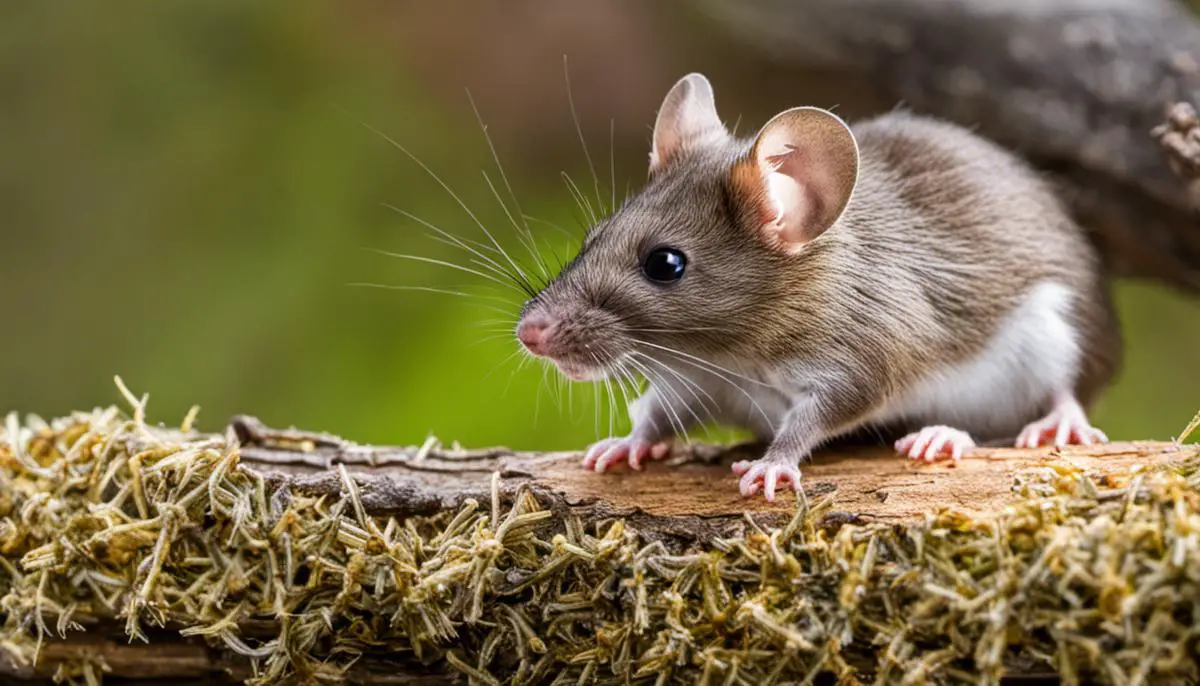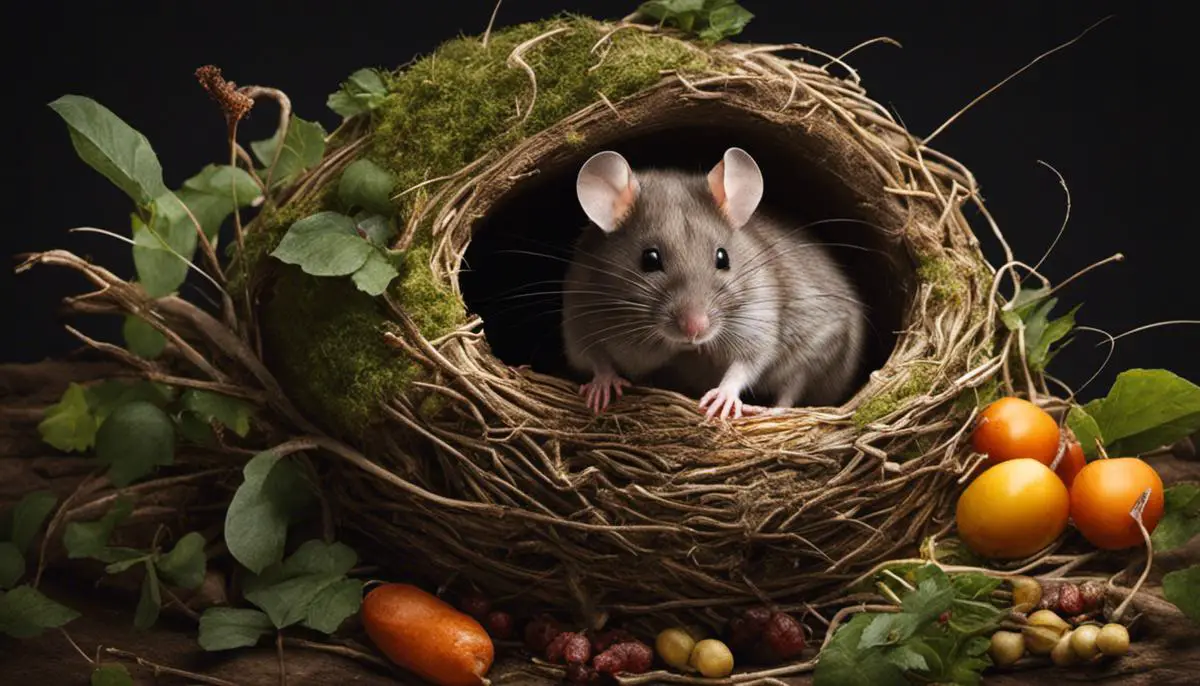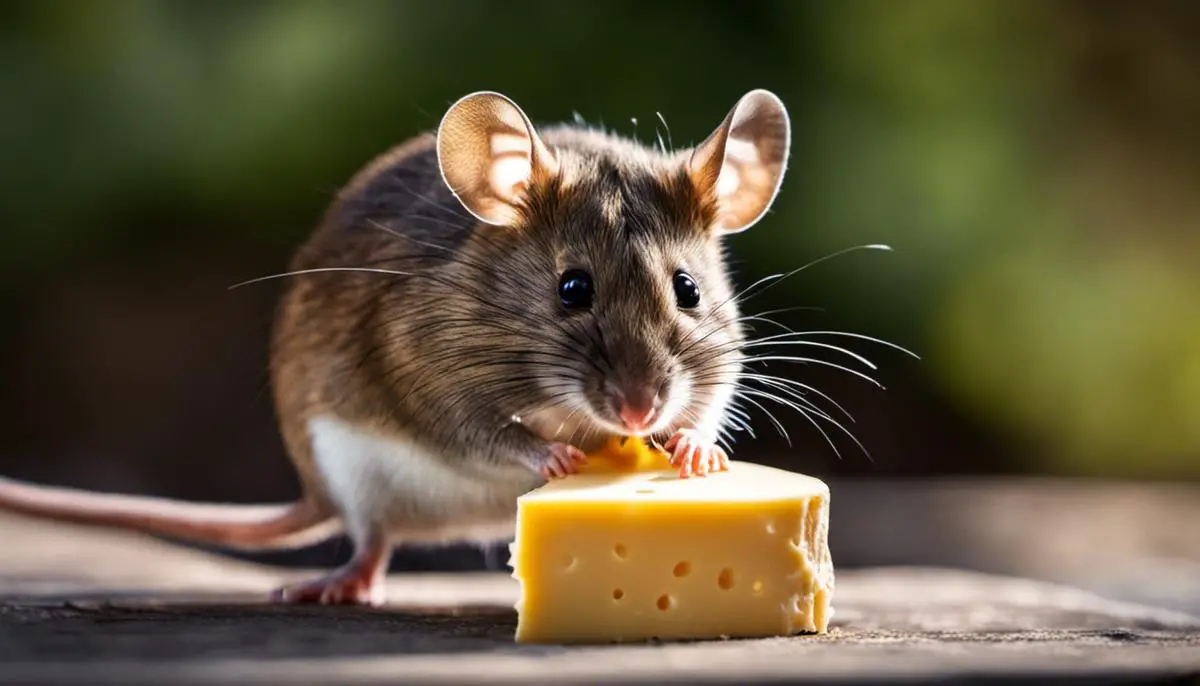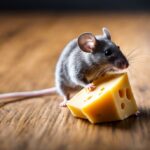As homes serve as our sanctuary and safe place, it becomes necessary to maintain the health and safety of our living environments. However, it can become a daunting task when faced with unwanted visitors such as mice. With their rapid breeding, adaptability, and destructive habits, mouse infestations can pose a significant threat to households, leading to diseases, structural damages, and a general disturbance to our quality of living. By understanding mouse behavior, upholding household cleanliness, and sealing off possible entry points, we can develop an effective strategy to prevent an infestation from happening. Arming ourselves with the required knowledge and skills can help us guard our homes against these infamous rodents and maintain a peaceful and healthy living space.
Understanding Mouse Behavior
A Parent’s Guide to Preventing a Mouse Infestation: Understanding Mouse Behavior
Hello there, loving parents and home caretakers!
When you’ve dedicated your life to building your family and your home, the last thing you want to deal with is a mouse invasion, right? This quick guide will provide some insights into mouse behavior and how understanding it can be the first line of defense in preventing an infestation.
Mice are nocturnal creatures; they venture out at night in continuous search of food. The darker it is, the safer they feel from predators. That’s why they’re often found lurking in the house late at night. Understanding this behavior can help in scheduling preventive measures, like sealing off food access and setting traps, during the most effective times.
Did you know that mice are creatures of habit? They continue to use the same routes repeatedly once they establish their “runway.” Some signs to look for are dirt or grease marks along walls and behind furniture. If you notice these, it’s a signal to start focusing more on preventive and control measures in those spots.
Though known for their notorious reproducing cycle, mice have a relatively short lifespan. This factor usually leads to a sudden increase in population, disrupting the peace of any home in no time. Exploring control strategies that disrupt their reproductive cycle may be a good point to consider when discussing your plans with a professional pest control service.
Adapting to any situation is another key aspect of mouse behavior. Their flexible body allows them to sneak in through the tiniest of holes, hardly wider than a pencil. So, here’s what you can do: Identify any gaps or openings around doors, windows, vents, or pipelines and seal them off properly. Steel wool or caulking can be used for this purpose. Remember, it’s a small task that can make a significant difference in keeping these unwelcome guests from entering your family’s sanctuary.
Lastlỳ, keep in mind that like us parents who prioritize providing for our families, mice too are in constant search of food and shelter. By tidying up food spills quickly, storing edibles in closed containers, and removing potential hiding spots (like piles of paper or cloth), we can make our homes less inviting for mice.
In conclusion, understanding mouse behavior is indeed a powerful tool in preventing an infestation. Be proactive by keeping sharp eyes on potential signs and sanitizing the home regularly. Creating a home, where the family feels safe and happy, often includes things that seems small but matters enormously. Just remember, a pinch of prevention is worth more than a pound of cure, especially when it comes to safeguarding against pests like mice.
Keep up the brilliant work building your family and your home. Continually striving for a better, tidier, and healthier living space is another form of nurturing and love. Stay positive and, as always, keep finding joy in homemaking!

Household Cleanliness
The Vital Role of Cleanliness in Keeping Rodent Free Homes
Did you know that the secret to an effective mouse prevention strategy lies in the most essential home habit — cleanliness? Yes, dear readers, that’s right! Keeping your home in pristine condition is instrumental in preventing any form of mouse infestation. And here, we will share with you how cleanliness and rodent prevention merge; presenting a simple guide to show why maintaining cleanliness is crucial in keeping mouse intrusions at bay.
Mice Prevention — Behind the Scenes
First, let’s delve into what attracts these rodents into our sacred abodes. As we know, mice are opportunistic foragers. Basically, they go where the food is, and if that happens to be our kitchen countertops or pantry, so be it. This is the primary reason why being clean and immaculate can drastically lessen the chances of having a mouse problem.
Proper Food Waste Management
Unmanaged food waste is a huge attractant for mice. Discarding food scraps immediately and appropriately securing waste bins are key to ensuring these critters don’t get easy access to a food source. Investing in sturdy metal or sealed plastic garbage cans could be worth a penny in avoiding a full-blown rodent issue.
Spotless Floors
Remember, a single crumb can draw a family of mice into your space. They have an excellent sense of smell, and can detect a tiny scrap of food from a distance! That’s why daily sweeping and mopping are needed. In doing so, you’re removing potential treats that may lure rodents into your home.
Kitchen Maintenance
Your kitchen is a feeding haven for mice. Hence, it should always be in top shape. After each cooking session, make sure all utensils are cleaned, and leftovers are properly stored. Also, cleaning appliances like toasters or ovens which can accumulate crumbs is vital.
Keeping Uncluttered Spaces
Cleanliness moves beyond simple dusting and sweeping. It also entails decluttering. Each piece of unnecessary clutter provides a potential hideout for these small invaders. Clearing out clutter, particularly in places like the attic, garage or storage rooms, reduces their nesting options.
Preventive Measures
There’s an old adage that goes, “Prevention is better than cure”, and it fits perfectly in this context. Incorporate preventive measures as part of your cleaning regimen. This includes sealing any cracks or crevices, regular inspection of potential entry points, and the use of repellents. Cleanliness and defense measures together create a powerful shield against rodents.
Cleanliness — A Deterrent
In conclusion, home cleanliness is a significant factor in preventing a mouse infestation. It helps create an environment that’s less enticing and more hostile for these unwelcome rodents. It’s not solely about having a spotless house, but also providing a safe, hygienic, and rodent-free space for your family.
Remember, a clean home is a mouse-free home, and a mouse-free home is a happy home! So, grab your cleaning gears, and let’s make our homes an uninviting space for mice together. Let’s keep those pesky creatures guessing and moving right along, past our sparkling clean, well-maintained homes!

Sealing Entry Points
Securing Potential Entry Points to Prevent Mouse Infestation
Let’s talk about securing potential entry points to prevent mouse infestation. This topic holds relevance to our daily lives and contributes to ensuring a healthy and safe environment for our families. So, let’s dive right in.
Whether it’s a city apartment or a house in the suburbs, all homes share one common trait: they are full of potential entry points for mice. These vary from cracks in the foundation, gaps under doors, holes in roof and vents to simpler places like openings around pipes and wires. This is why it’s crucial to identify these potential entry points and secure them.
Start by inspecting your home thoroughly, not forgetting outdoor spaces. Look for any cracks, holes, gaps, or other openings. Remember, mice are agile climbers and can squeeze through the smallest of spaces, so leave no stone unturned.
Once you’ve identified potential entry points, it’s time to seal them off. Metal and steel wool are excellent materials as mice can’t chew through them. Hardware cloth, a wire mesh, can also be highly effective, particularly for larger openings, such as vents. For cracks and crevices in your house, a good quality caulk or foam sealant does the job. Remember, it’s not just about keeping mice out, but it also helps to improve your home’s energy efficiency.
Next on the list is door and window security. A simple door sweep can help deter mice from invading through the gaps under the doors. Ensure that all windows, particularly those at ground level or in the basement, are adequately sealed. You can also install window guards or screens for an added measure of security.
Furthermore, don’t neglect the garage. Garage doors, especially of older homes, are notorious for leaving gaps and openings at the sides or underneath. If you keep your car in the garage, remember that mice can easily get into the car, so ensure all windows are up and there are no obvious entry points.
Lastl, don’t ignore your yard. Mice are skilled climbers and can easily make their way to your roof via trees or shrubs. Keep plants trimmed and away from your home’s structure. Consider sealing off crawl spaces, ensuring fences are intact, and storing firewood at least 20 feet away from the house.
In conclusion, securing potential entry points plays a significant role in preventing mouse infestations. It’s like investing in your family’s health and safety by taking defensive measures against potential invaders. Here’s to a safe, cozy, and mouse-free home!

Despite the substantial challenges that mouse infestations present, they are preventable conditions when one employs the right strategies. An understanding of mouse behavior, coupled with effective sanitation and home defense techniques, can keep these pests at bay. In the battle against mouse invasions, understanding is our first line of defense. Coupled with strategic prevention techniques such as maintaining cleanliness and sealing off entry points efficiently, we can win this war. Let us continue to ensure our families’ health and peace by proactively preventing mice from turning our homes into theirs. Remember, a clean, sealed, and mice-unfriendly environment is not just a well-maintained home, but also a fortress against harmful pests.








